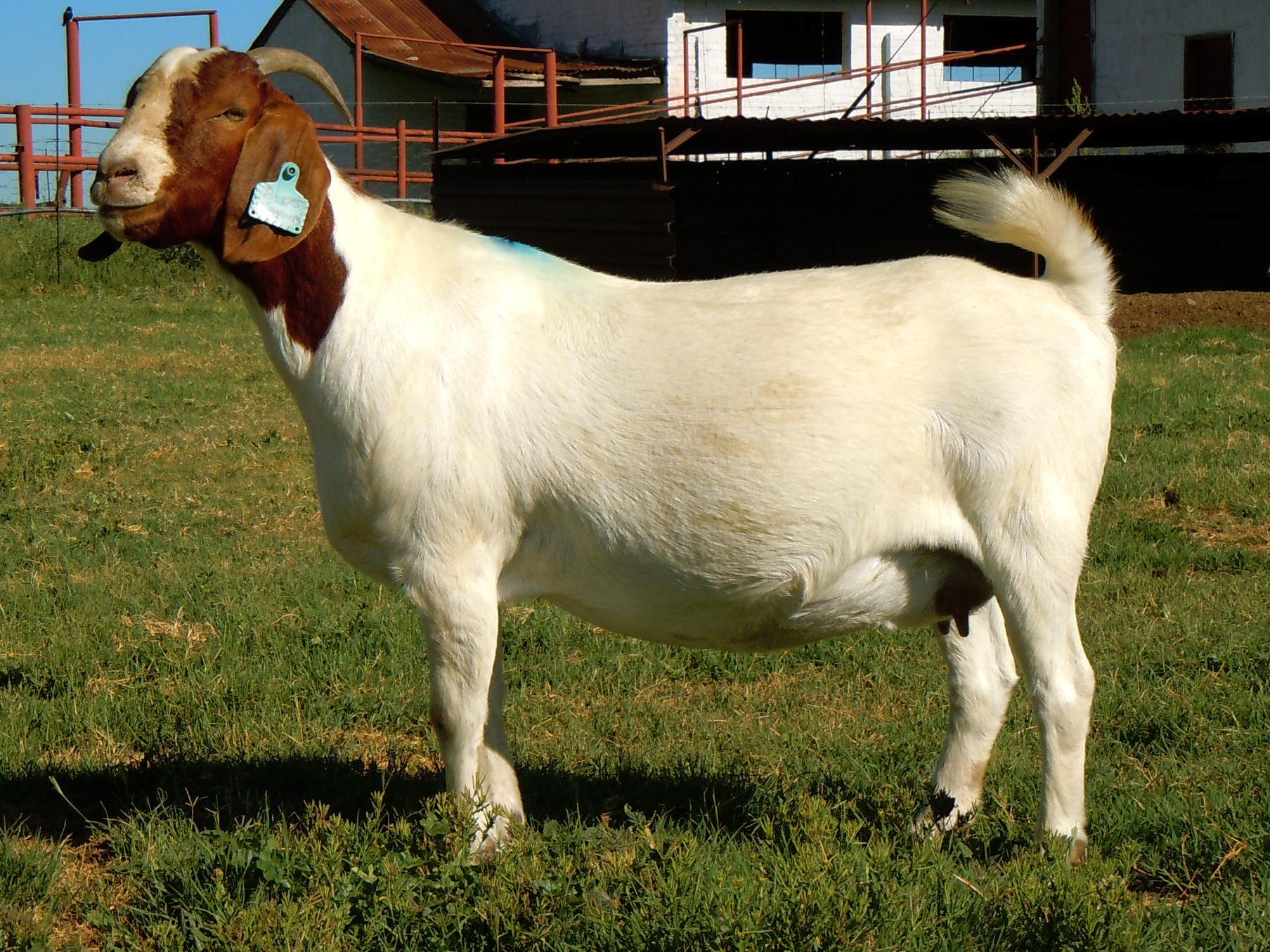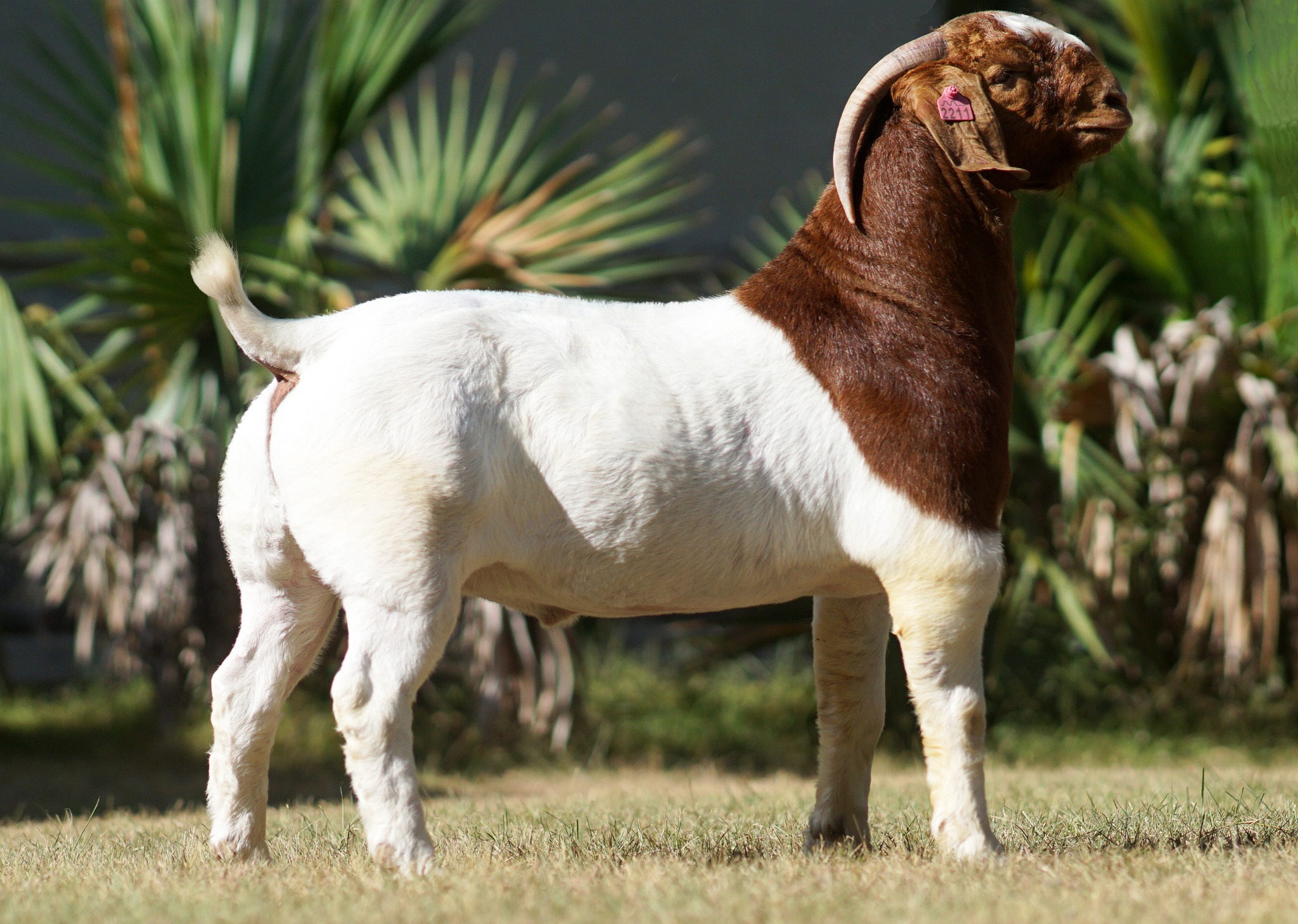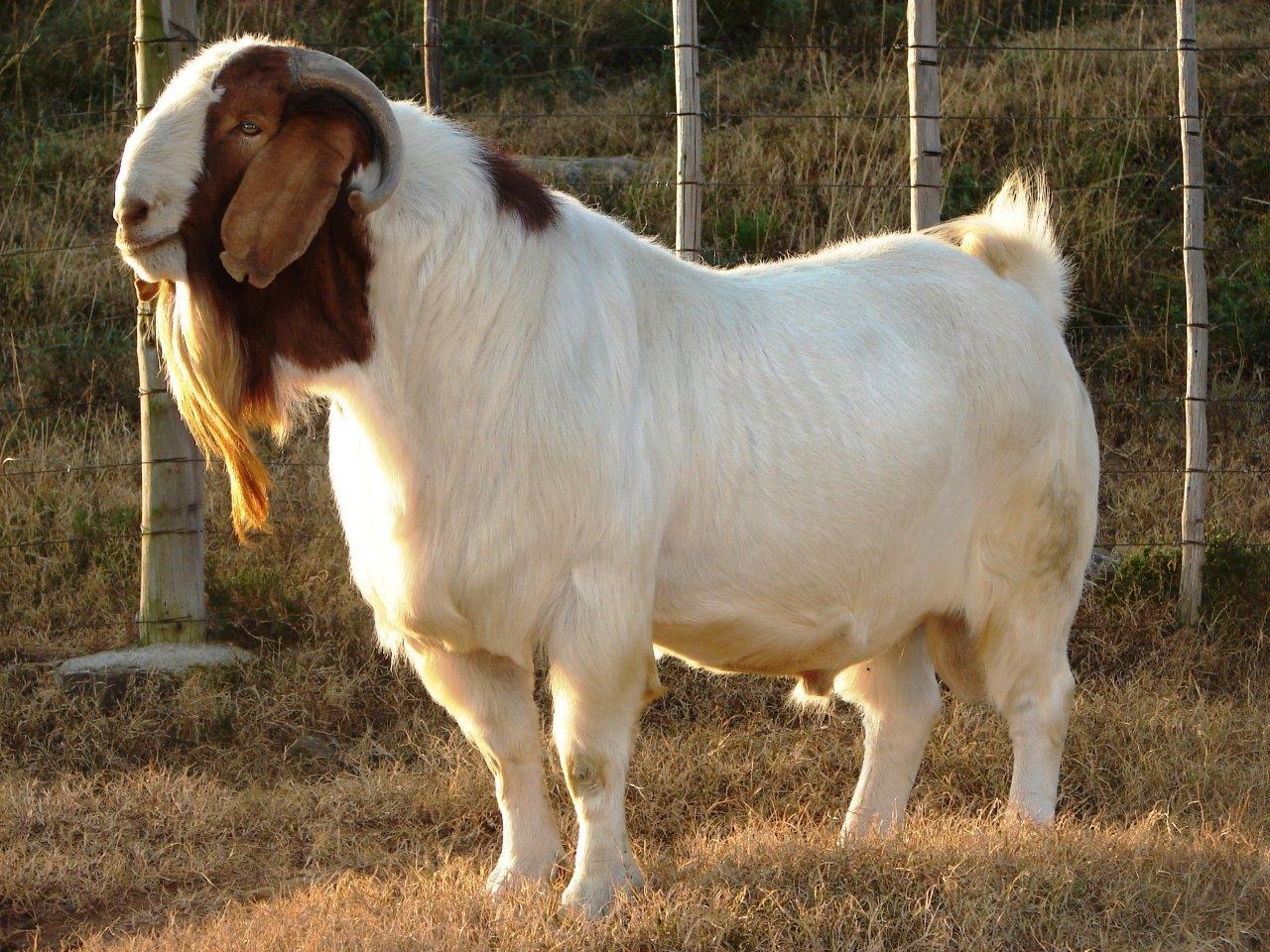The Ultimate Guide To Boer Goats: Gentle Giants Of The Meat World
Embarking on the journey of livestock farming or simply looking for a unique companion animal often leads to the discovery of the remarkable Boer goat. Renowned globally as the most productive meat goat, this hardy breed offers a myriad of benefits, from efficient meat production to effective weed control and even companionship. Whether you're a seasoned farmer, a budding enthusiast, or simply curious, understanding the nuances of this magnificent animal is key to appreciating its true value.
In this comprehensive article, we will delve deep into everything you need to know about Boer goats. From their fascinating origins in South Africa to their distinctive characteristics, breeding practices, and essential care requirements, we'll cover it all. Our aim is to provide you with an ultimate guide, ensuring you have the expertise and authoritative information to make informed decisions about raising or simply learning about these incredible creatures. Find out their traits, pros and cons, feeding, housing, breeding, and profit tips, all designed to equip you with practical knowledge.
Table of Contents
- The Rich History and Origins of the Boer Goat
- Distinctive Characteristics and Breed Standards of the Boer Goat
- Global Distribution and Adaptability of Boer Goats
- Primary Uses and Economic Value of the Boer Goat
- Breeding Practices and Genetic Considerations for Boer Goats
- Feeding and Housing Needs for Optimal Health of Boer Goats
- Caring for the Boer Goat: Health and Well-being
- Market Value and Profit Tips for Boer Goat Farming
The Rich History and Origins of the Boer Goat
The captivating story of the Boer goat is deeply intertwined with the agricultural ambitions of South Africa. Originating in the early 1900s, primarily bred in the Eastern Cape area, this remarkable breed was developed with a singular, clear objective: to create a goat that excelled in meat production. Farmers in the region sought a hardy animal capable of thriving in challenging, often dry and drought-prone conditions, while consistently yielding high-quality meat. This meticulous selective breeding over generations led to the creation of what we now affectionately know as the Boer goat, or "Boerbok" as it's also known – a name derived from the Afrikaans word "Boer," meaning farmer.
It's crucial to understand that the Boer is not merely an indigenous breed; it represents an improved indigenous breed. Its genetic lineage traces back to the 1800s, incorporating strategic influences from European, Angora, and old Indian goats. This carefully curated blend of genetics contributed significantly to its superior meat qualities, inherent hardiness, and impressive size. Historically, the Boer goat is also known by different names, including Africander, Afrikaner, and South African Common Goat, reflecting its deep roots in the region. The breed’s international prominence surged when, following a decline in mohair prices (the fiber produced by Angora goats) in the late 1980s and early 1990s, Boer goats were strategically imported to the United States. This move was specifically aimed at enhancing the carcass qualities of local goat breeds, firmly solidifying the Boer goat's global reputation as the premier meat goat.
Distinctive Characteristics and Breed Standards of the Boer Goat
What truly sets the Boer goat apart from other breeds are its unique characteristics, which are meticulously defined by its breed standards. These traits are not just aesthetic; they directly contribute to its immense popularity and unparalleled success as a meat producer, and increasingly, as a cherished companion animal. Understanding these specific features is absolutely crucial for anyone considering the rewarding endeavor of raising these magnificent "gentle giants."
Physical Traits and Appearance
The Boer goat is instantly recognizable by its striking and consistent appearance. The breed is primarily characterized by a distinctive red head and red coloration extending to at least a portion of the neck, sharply contrasted by a pristine white body. This iconic color pattern is a hallmark of the traditional Boer. Furthermore, they possess large, pendulous ears, which are another unmistakable identifying feature, adding to their charming and unique look. While this classic red and white pattern is widely prevalent and preferred, it's worth noting that some breeders have chosen to breed and promote solid color Boers. However, there is currently little scientific evidence to suggest that these solid-colored variants possess any unique merit in terms of productivity when compared to their traditionally marked counterparts.
Beyond their distinctive coloration, the sheer size of the Boer goat is truly remarkable. Often referred to as the largest goat breed in the world, mature individuals can exceed an impressive 300 pounds. This substantial size, coupled with their inherent ability for rapid weight gain and excellent carcass quality, makes them extraordinarily efficient for meat production. Their robust build, combined with their inherent hardiness, allows them to thrive in a diverse range of environments, particularly excelling in dry and drought conditions—a testament to their South African origins and centuries of adaptation. Their impressive stature and muscularity are key factors contributing to their economic value in the livestock industry.
Temperament and Docility
Despite their imposing size and robust physique, Boer goats are widely celebrated for their exceptionally docile and friendly temperament. They are affectionately and accurately referred to as "gentle giants" for a compelling reason. This inherently calm and cooperative disposition makes them remarkably easier to handle compared to many other livestock breeds, which is a significant advantage for farmers and handlers alike. Furthermore, their amiable nature makes them surprisingly suitable as family animals and companions, finding homes in both traditional farm settings and increasingly, in urban environments. Many people genuinely love them as pets, appreciating their engaging personalities and gentle demeanor. While the suitability of any animal as a pet ultimately depends on individual expectations and commitment, the Boer goat's friendly and cute disposition certainly contributes to its growing popularity beyond just meat production.
Global Distribution and Adaptability of Boer Goats
From its humble beginnings in the rugged terrain of South Africa, the Boer goat has achieved unparalleled global recognition and widespread distribution. Millions of Boer goats are currently raised across Southern Africa, where they continue to serve as a vital cornerstone of the agricultural economy, providing essential protein and income for countless communities. However, their exceptional adaptability and highly desirable traits have propelled their widespread adoption across numerous other continents and countries. Today, you can find significant and thriving populations of Boer goats in Australia and New Zealand, throughout the United States and Canada, across the United Kingdom, and in many other parts of the world. This extensive global distribution is a powerful testament to their inherent hardiness and remarkable ability to adapt seamlessly to diverse climates, varied forage conditions, and different farming systems, truly establishing them as a resilient and international breed. Their capacity to thrive in dry and drought conditions, a trait honed in their ancestral homeland, makes them particularly valuable in regions facing similar environmental challenges.
Primary Uses and Economic Value of the Boer Goat
The primary and most significant use of the Boer goat revolves around meat production, a role for which they are exceptionally well-suited and highly efficient. Their rapid weight gain, superior carcass quality, and high reproductive rate make them an incredibly efficient and profitable choice for commercial meat operations. They are prized for their ability to efficiently convert feed into high-quality, lean meat, making them a lucrative venture for many farmers and a staple in the global meat market.
However, the versatility and utility of Boer goats extend far beyond just meat production. Their multifaceted benefits allow them to serve several other valuable purposes, significantly enhancing their overall economic and ecological value:
- Premier Meat Production: This remains their most significant contribution. Their superior carcass quality, characterized by excellent muscle development, a favorable lean meat-to-bone ratio, and tender meat, is highly sought after by consumers and butchers alike.
- Effective Weed Encroachment Prevention: Goats are natural browsers, and the Boer goat is no exception. They possess an innate ability to consume a wide variety of vegetation, including many types of brush, weeds, and undesirable plant species. This makes them highly effective for brush and weed control, helping to clear overgrown land, reduce fire hazards, and prevent the spread of invasive vegetation. This ecological benefit adds a substantial layer to their economic value, offering a natural and sustainable alternative to chemical herbicides.
- Pets and Companion Animals: As previously highlighted, their docile, friendly, and often "cute" nature makes them surprisingly suitable as pets. Many farms and even urban settings are increasingly raising Boer goats not just as livestock, but as cherished family animals and companions. Their engaging personalities and gentle demeanor make them a unique addition to many households.
- Valuable Educational Resources: The Boer breed frequently serves as a focal point for educational resources dedicated to meat goats and sustainable livestock farming. Agricultural organizations, universities, and experienced farmers utilize Boer goats to teach about responsible livestock practices, genetic improvement, efficient meat production, and the broader benefits of goat farming. They are often featured in agricultural programs and demonstrations due to their exemplary traits.
Breeding Practices and Genetic Considerations for Boer Goats
Successful and sustainable Boer goat farming fundamentally hinges on a thorough understanding of effective breeding practices and a keen awareness of potential genetic considerations. A well-managed and scientifically informed breeding program is paramount for ensuring the production of healthy, robust offspring, achieving optimal growth rates, and consistently improving and maintaining desirable traits within the herd. This meticulous approach to breeding directly impacts the profitability and long-term viability of a Boer goat operation.
Breeding Season and Reproductive Rates
Boer goats are highly regarded for their impressive reproductive rates, which is a pivotal factor contributing to their economic viability and rapid herd expansion. While goats, in general, can exhibit year-round breeding activity in certain climates, the primary breeding season for Boer goats often aligns with seasonal changes, though they are generally less seasonally dependent than some other goat breeds. This extended breeding window allows for more flexibility in kidding schedules. A robust breeding program focuses intensely on maximizing kidding rates, aiming for a high percentage of successful pregnancies and ensuring healthy, vigorous births. Boer does are renowned for their prolificacy, frequently producing multiple offspring per kidding, with twins and triplets being common occurrences. This high reproductive efficiency contributes significantly to rapid herd expansion and, consequently, increased profitability. Careful and vigilant management during the breeding season, including meticulous monitoring of the health, nutritional condition, and breeding readiness of both does and bucks, is absolutely essential for achieving consistently successful outcomes and maximizing the genetic potential of the offspring.
Understanding Genetic Defects
Like any domesticated livestock breed that has undergone intensive selective breeding, Boer goats can, unfortunately, be susceptible to

Boer Goat - Breeds List

Boer Goat Buck Head

Boer Goat - Breeds List